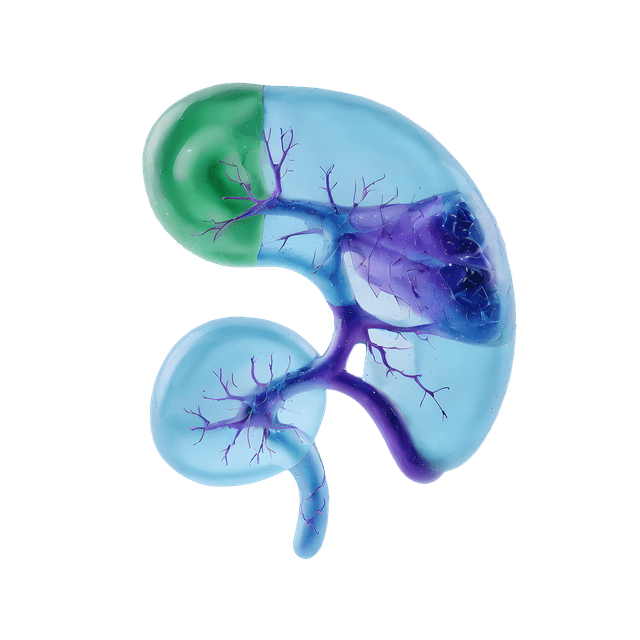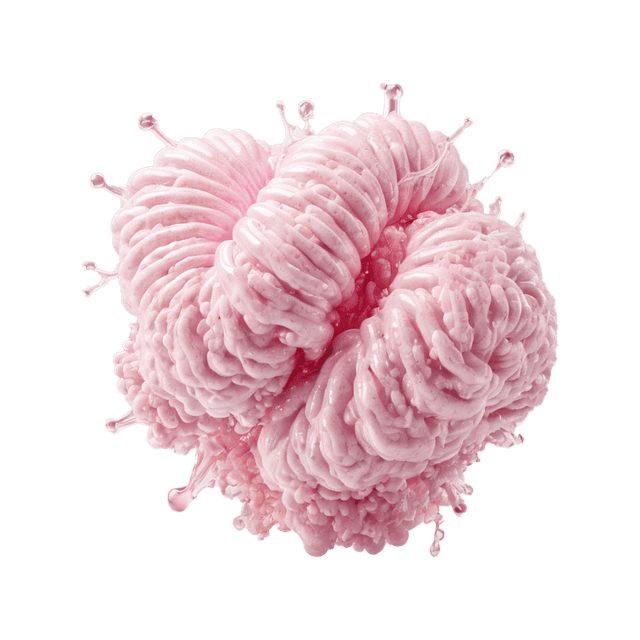What is Preeclampsia
Preeclampsia, also known as preeclampsia is a serious medical complication that can occur during pregnancy. It is characterized by high blood pressure and often affects multiple organ systems, including the liver, kidneys and blood vessels. Preeclampsia is a potentially dangerous condition and can threaten both the health of the pregnant woman and the health of the fetus. It can occur after week 20 of pregnancy and usually occurs in the later stages of pregnancy but it can also occur earlier.
Diagnosis Pet poisoning
The diagnosis is established if a pregnant woman has reached week 20 and at the same time experiences one of the following factors:
High blood pressure (hypertension): This is one of the most characteristic features in preeclampsia. High blood pressure can be an indication that something is not right.
Proteinuria: This means that there are abnormal amounts of protein in the urine which can be a sign of kidney damage, a common complication of preeclampsia.
Headaches: Pregnant women with preeclampsia may experience severe headaches that are not relieved by common pain relievers.
Visual disturbances: Vision problems such as blurred vision, light sensitivity or spots in front of the eyes may occur.
Abdominal pain: Pain or discomfort in the upper part of the abdomen can be a symptom of preeclampsia, which can indicate that the liver is affected.
Vomiting: Nausea and vomiting may occur as a symptom of preeclampsia.
Swelling: Swelling, especially of the hands, feet and face (edema) , is common, but it is important to note that swelling itself is not always a sure sign of preeclampsia.
These symptoms can vary in severity and occurrence. It is important that if you experience any of these symptoms during your pregnancy, you should immediately contact your doctor or a healthcare provider for a thorough evaluation. It is important to remember that the diagnosis of preeclampsia is serious and requires careful monitoring and care by a doctor. Preeclampsia can lead to complications for both the mother and the fetus if not managed appropriately.
Cause of Preeclampsia
Researchers have identified several factors that can play a role in the onset of preeclampsia but the exact cause is not known. Here are some of the factors thought to play a role:
Placenta: The problem seems to start in the placenta (placenta). Preeclampsia appears to be related to insufficient development of blood vessels in the placenta, which can lead to reduced blood flow and oxygen supply to the fetus. This can trigger an inflammatory reaction in the body that affects the function of the blood vessels.
Genetics: There is a genetic component to preeclampsia. Women who have a family history of preeclampsia are at increased risk of developing the condition themselves.
Immunological factors: An overreaction in the immune system may play a role in the development of preeclampsia. This can be triggered by the changes that occur in the placenta.
Blood vessel factors: Changes in the function and tone of blood vessels can occur in women with preeclampsia. These changes can contribute to high blood pressure and other symptoms.
First pregnancy: First-time mothers are at a slightly higher risk of developing preeclampsia.
Multiple births: Women expecting twins or multiples are also at increased risk of preeclampsia.
Obesity and other health problems: Underlying health problems such as obesity, diabetes and high blood pressure increase the risk of preeclampsia.
It is important to note that preeclampsia can range in severity from mild to serious cases. An early diagnosis and careful medical monitoring during pregnancy are essential to manage and minimize the risks of preeclampsia.




















